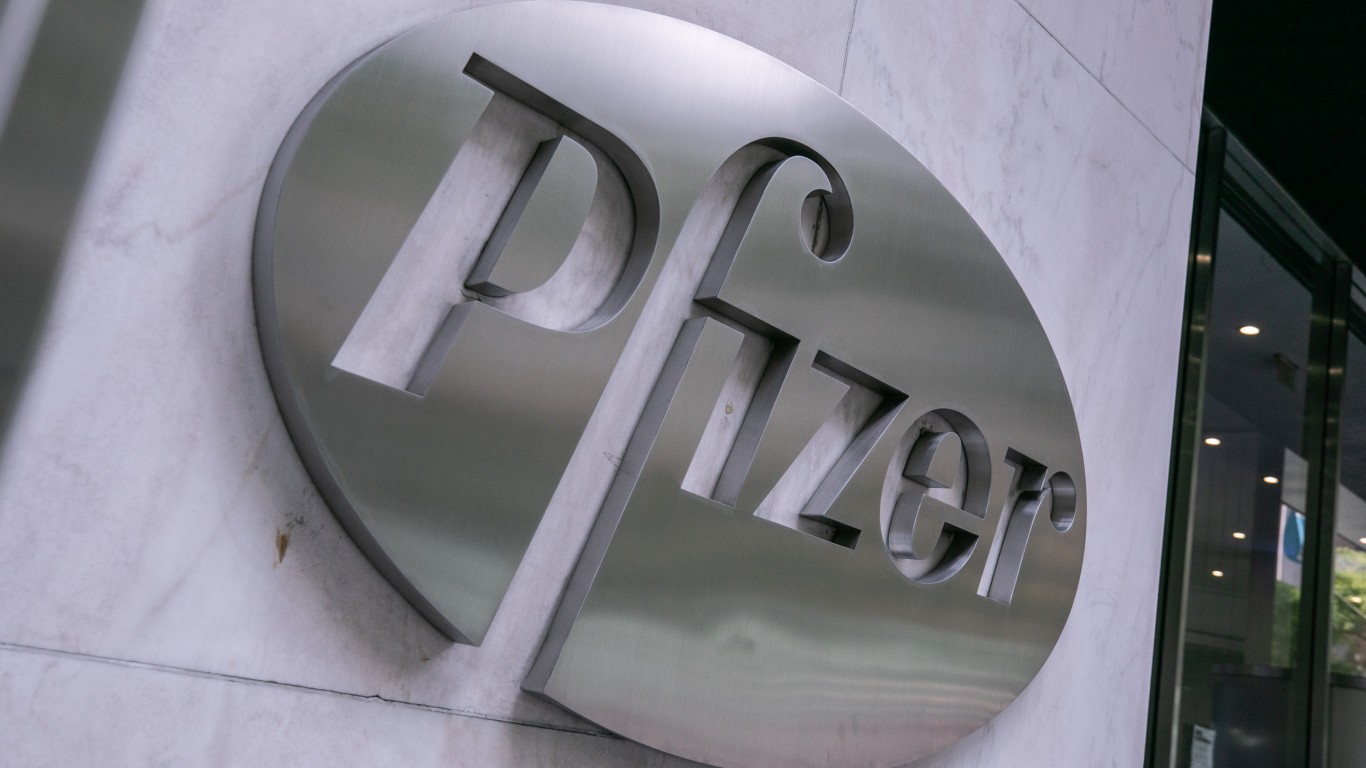 Micron Technology, Inc. (NYSE: MU) is trading lower ahead of a proposed secondary offering to raise cash. Last night, the company announced that it intends to offer common stock and convertible senior notes for a combined total of roughly $450 million. It looks like this will be some 55,300,000 common shares, plus the possibility of an additional 8,295,000 shares as an over-allotment option for underwriters. This would represent roughly $250 million based on recent prices. It also intends to sell some $200 million in convertible senior notes due October 15, 2013 in simultaneous or concurrent offering, along with the possibility of an additional $30 million as an over-allotment option for underwriters.
Micron Technology, Inc. (NYSE: MU) is trading lower ahead of a proposed secondary offering to raise cash. Last night, the company announced that it intends to offer common stock and convertible senior notes for a combined total of roughly $450 million. It looks like this will be some 55,300,000 common shares, plus the possibility of an additional 8,295,000 shares as an over-allotment option for underwriters. This would represent roughly $250 million based on recent prices. It also intends to sell some $200 million in convertible senior notes due October 15, 2013 in simultaneous or concurrent offering, along with the possibility of an additional $30 million as an over-allotment option for underwriters.
Morgan Stanley and Goldman Sachs will be the joint book-running managers for the offerings, while Deutsche Bank will be co-manager of the offerings.
Where the offering gets complicated, and where Micron may take some extra criticism, is that Micron plans to enter into capped call transactions with counterparties (including some of the underwriters or their affiliates) for the convertible notes to reduce the potential dilution upon the notes converting to stock. These caps are expected to have a cap price of approximately 60% higher than the common stock price in the offering.
These covered call caps can be good, but many traders historically also use these strike prices as their estimated ceilings on how high they think the stock can go. That is a topic up for debate, but that is what many arbitrage traders use as a guideline.
These also generally require counterparties to enter into over-the-counter derivative transactions, which the company said it expects to be the case in this instance. The company also noted that these can increase or prevent a decline in the price of common stock concurrently with or following the pricing of the convertible senior notes. According to the offering announcement, Micron noted that the counterparties “may modify or unwind their hedge positions by entering into or unwinding various derivative transactions and/or purchasing or selling Micron’s common stock in secondary market transactions prior to maturity of the convertible senior notes (and are likely to do so on each exercise date of the capped call transactions).”
A portion of the sale proceeds will be used to pay the cost of the capped call transactions. The remainder of the funds will be used for general corporate purposes, such as working capital, capital expenditures, and potential acquisitions and strategic transactions.
The announcement also noted that the closing of each offering is not contingent on the closing of the other. These securities are being offered under an existing shelf registration.
So far today, shares are down 3% at $4.18, but that is well above the lows of $4.01 earlier this morning. To show how rough this stock has had it along with chip makers and DRAM makers, its 52-week trading range is $1.59 to $8.97. Shares are still down more than 50% from last year, but they are also up over 100% from recent lows. Its market cap as of today and before any after-effects of this offering is $3.2 billion.
Generally, when you see filings of this sort the offering is within hours or days. We’ll have to look over the maturity schedule further, but on the surface Micron had ample liquidity to fund operations. Unfortunately, it has also burned through much of its excess liquidity in recent years.
There is a very logical explanation of the need for cash here. Liquidity, safety net, rainy day funds, protection, and more terms all come to mind. Unfortunately, it still begs a question…. Just how bad does the company need the cash now?
JON C. OGG
It’s Your Money, Your Future—Own It (sponsor)
Retirement can be daunting, but it doesn’t need to be.
Imagine having an expert in your corner to help you with your financial goals. Someone to help you determine if you’re ahead, behind, or right on track. With SmartAsset, that’s not just a dream—it’s reality. This free tool connects you with pre-screened financial advisors who work in your best interests. It’s quick, it’s easy, so take the leap today and start planning smarter!
Don’t waste another minute; get started right here and help your retirement dreams become a retirement reality.
Thank you for reading! Have some feedback for us?
Contact the 24/7 Wall St. editorial team.





